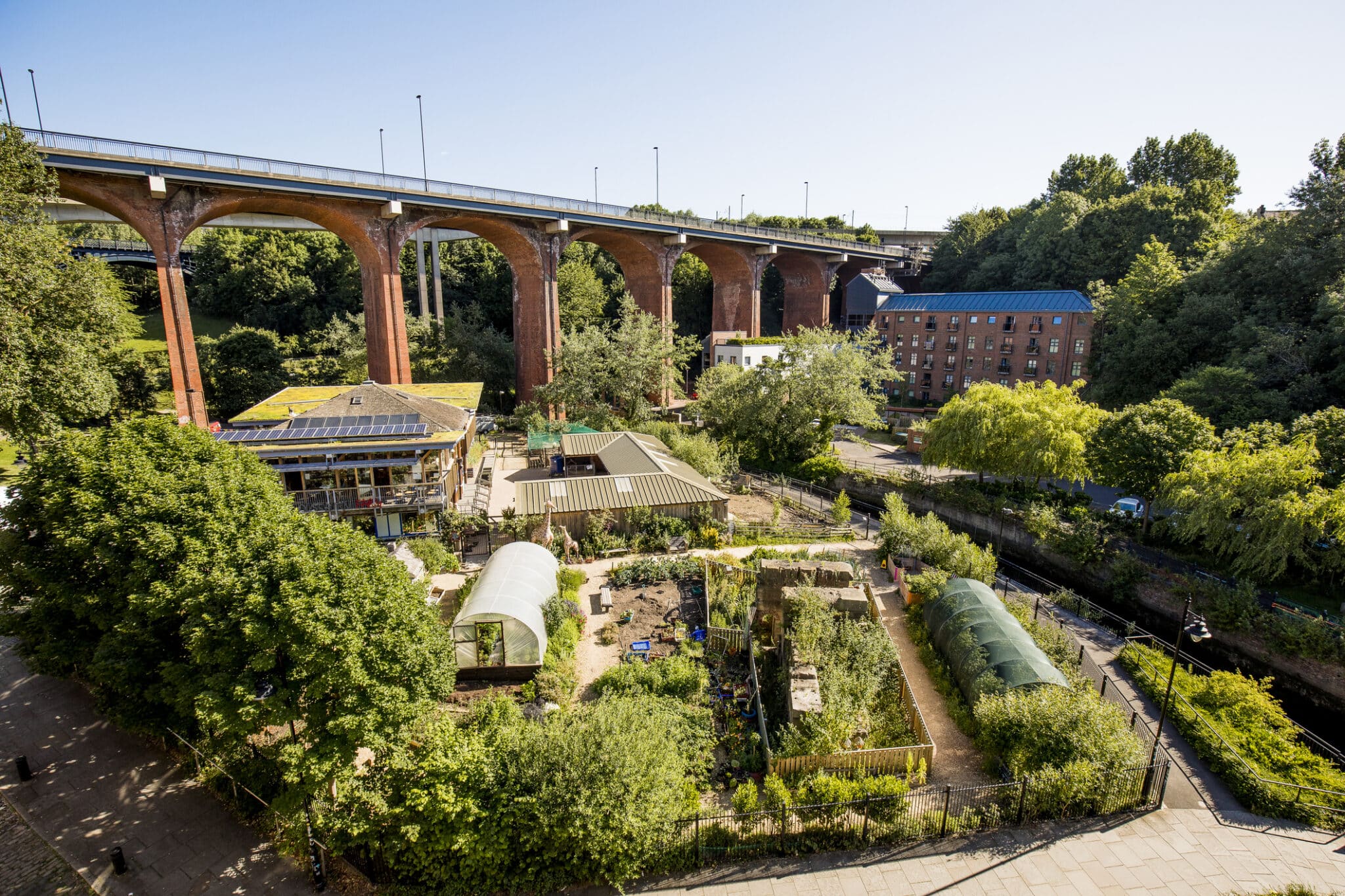City Blooming Fundamentals Explained
City Blooming Fundamentals Explained
Blog Article
City Blooming Fundamentals Explained
Table of ContentsThe 6-Second Trick For City BloomingNot known Details About City Blooming The Buzz on City BloomingThe Ultimate Guide To City BloomingAll About City Blooming
Interested in growing food available in the City of Chicago? Considering beginning an area yard? Modifications to the Chicago Zoning Statute enable farming uses like neighborhood yards and urban farms in several components of the city. Below is a list of often asked questions relating to the regulations and laws that cultivators must think about when intending a metropolitan farming project.
The zoning amendment does not customize any various other codes managing composting, structure permits, buying or renting City owned building, organization licenses or ecological contamination. There are existing codes that manage these issues and they remain completely effect and may apply to your project. Neighborhood yards are typically had or managed by public entities, public organizations or community-based companies and kept by volunteers.
Urban ranches grow food that is meant to be offered, either on a nonprofit or for-profit basis. Because of their commercial purpose, urban farms require a company certificate. Yes. An area yard is permitted to market surplus generate that was expanded on website if the sales are accessory or secondary to the garden's primary purpose described over.
Not known Facts About City Blooming
Composting is enabled however just for plant product that is created and utilized on site. The amount of garden compost product can not exceed 25 cubic lawns at any kind of given time according to the criteria in 7-28-715 of the City's Municipal Code. Yes. Because the soil at most new yard sites needs modifying, compost, soil, timber chips, or other products can be gotten to create or enhance the growing area - sustainability.

If a structure permit is required then the hoophouse will be thought about an accessory structure. You can find out more concerning the structure authorization demands by speaking to the Division of Structures. The 25,000-square-foot size restriction is planned to avoid a single community garden from controling an offered block or diminishing the block's existing household or business character.
The restriction does not apply to yards found in Public Open Space (POS) districts. Can there be even more than one neighborhood yard that is 25,000 square feet on a single block? Secure fencing is not required, nevertheless, yards that have large vehicle parking areas may be called for to mount secure fencing or various other landscape design features.
Not known Details About City Blooming
B1 & B2 areas need that all industrial usage activities be carried out inside. R areas restrict commercial activity. you can find out more The regulations show the objective and intent of the Zoning Code. Is fence required for metropolitan ranches? Yes. Fencings might be needed, along with landscaping and testing, for specific car park locations and exterior job or storage areas depending upon area and the details task happening.
Yes. Urban farms call for structure permits and zoning approvals prior to building. Other forms of city review might be required depending on certain structures, activities, dimension, landscape design, licensing, public health and stormwater management problems. A lot of these demands are recognized in the job design or allowing process, nevertheless, the candidate might be responsible to separately recognize details licenses or allows that may be needed.
Yes. The kind of certificate is identified by what is taking place at the site. The Division of Service Affairs and Customer Defense can assist identify the specific sort of company certificate that's required. Yes. Off road vehicle parking is needed for a lot of industrial jobs in Chicago. The needed variety of auto parking spaces is based upon the number of staff members dealing with website and not the square video footage of the expanding room.
The Of City Blooming

Yes. A metropolitan farm can offer garden compost product generated on website, however, the operation should conform with the regulations in 7-28-715 of the Chicago Municipal Code. Yes. Aquaponic systems are permitted inside your home on city ranches in numerous zoning areas. However, a zoning evaluation and structure permit is needed in order to mount frameworks or systems and a service permit is called for as explained over.
As much as 5 hives or colonies of honey bees might be maintained as an accessory use. Beekeepers need to register with the Illinois Department of Farming. To learn more regarding the proposed zoning amendment you might get in touch with the Division of Housing and Economic Growth, Bureau of Preparation and Zoning at 312.744.8563.
, which takes location in rural locations at the side of suburbs.
6 Easy Facts About City Blooming Shown
It can include an activity of natural farmers, "foodies" and "locavores", that seek to form socials media based on a common ethos of nature and neighborhood holism. These networks can establish by means of formal institutional assistance, ending up being incorporated into local town as a "transition community" motion for lasting city advancement.
The a lot more direct access to fresh veggie, fruit, and meat products that might be understood via city farming can improve food security and food security while decreasing food miles, leading to reduced greenhouse gas discharges, thereby contributing to climate adjustment mitigation. Several of the first evidence of urban farming comes from Mesopotamia.
Report this page